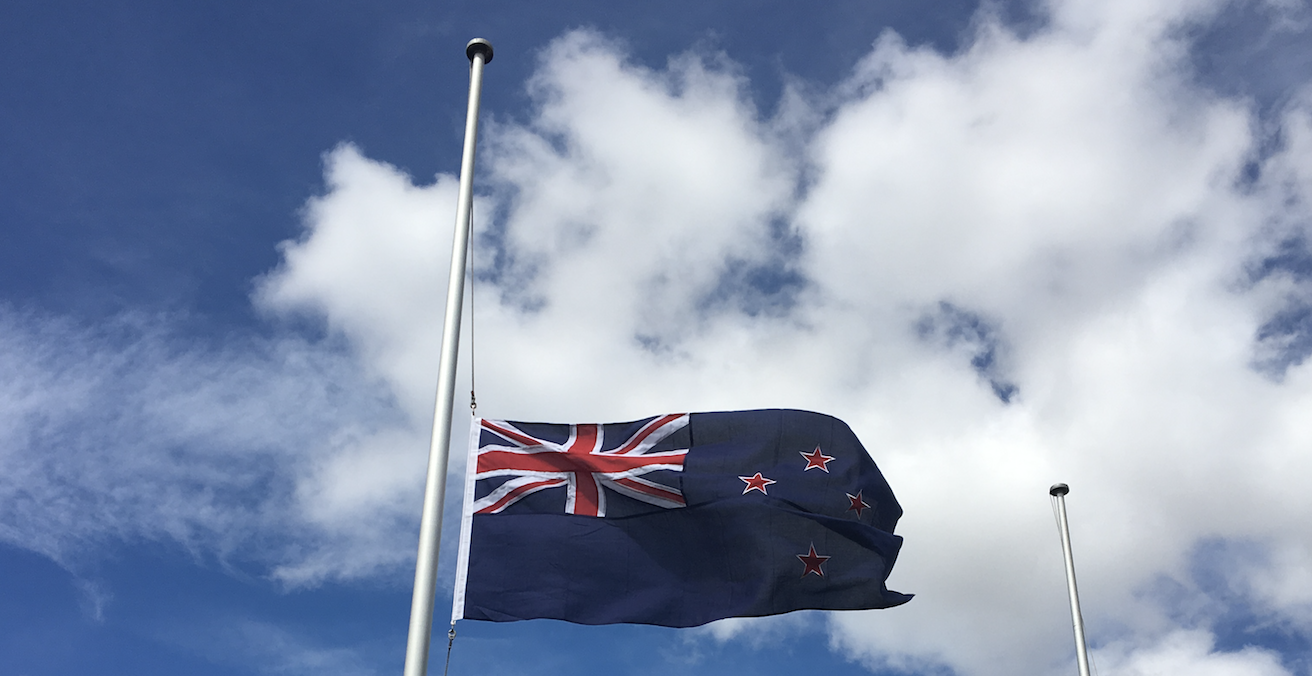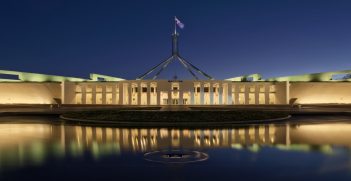Owning It

After the Christchurch terror attack, there will inevitably be reflection upon the social and political factors that led to the shootings. There needs to be scrutiny of both the online hate speech which contributes to radicalisation and the intelligence failings which allowed such an attack to occur.
The terrorist attack on two Christchurch mosques, which resulted in the deaths of 50 people and injuries to dozens of others, is a watershed moment in New Zealand history. In the days, months and years ahead much soul-searching will be conducted about the social and political factors that contributed to the massacre. Here the focus is on two: the spread of hate speech via social media and the intelligence failures that may have contributed to the event.
With the proliferation of social media platforms during the last decade, there has been a steady increase in their use by extremist groups. Be it Wahhabists and Salafists calling for jihad, 9/11 conspiracy theorists or white supremacists, social media has given them global reach in a measure never seen before. This allows extremists in disparate parts of the world to instantly communicate and reinforce their views without having to be in physical contact. They can even plot acts of violence using encrypted platforms and the so-called “Dark Web.” This was the case with the Christchurch gunman, who went on extremist platforms in real time to announce his intentions shortly before he began his attack, then live streamed it on Facebook. As the massacre unfolded from the killer’s perspective (he was wearing a popular sporting camera on his chest), hundreds of people cheered him on.
That is what is different today when compared to twenty years ago: the threat of decentralized, even autonomous, extremist violence has increased commensurate with the emergence of social media outlets that allow them to disseminate their views.
This produces both an echo chamber and megaphone effect: not only do kindred spirits find common space to vent and practice their hate against the perceived “other,” but more moderate, mainstream outlets begin to emulate some of the language used in them. Language that was once socially unacceptable in most democratic societies has crept into mainstream social discourse; be it about immigrants, minorities, sexual minorities or indigenous groups. Hate speech is increasingly normalized under the mantle of free speech, where the hate-mongers turn the tables on civil libertarians by claiming their freedom of expression is being trampled by political correctness gone mad. That, in turn, has crept into the rhetoric of politics itself, where mainstream politicians and political commentators adopt some of the language and policy positions that once were only championed by a rabid, yet marginalized, political fringe. One only need to remember the anti-immigrant language of certain politicians and the misogynist, homophobic and/or xenophobic rantings of assorted radio hosts and television personalities, to say nothing of the comments section of what used to be moderate political blogs, to see how the discursive trend has evolved in New Zealand.
The problem is almost exclusively a democratic one. Authoritarian regimes censor as a matter of course and control the flow of information in their societies, so what can be seen and heard is up to the regime. Unless authorised or condoned by the state, extremists are not given space to air their views in public.
Democratic societies uphold the right to free speech no matter how noxious it may be because it is exactly the unpopular views that need defending. But the principle of free speech never reckoned with the practice of social and mainstream media outlets using business models that are, at least in part, founded on the idea that there is money to be made in catering to extremist views. If advertising can be sold on extremist sites and offensive speech is protected, then the bottom line advises that it is not for the media conglomerates to determine what is and what is not acceptable social discourse. That is for others to decide.
In other words, the cover of free speech gives media conglomerates the excuse to continue to pursue profit by hosting extremist sites and allowing vile content on their platforms.
This is the public policy conundrum. Where to draw the line between free and hate speech? When does offensive speech become dangerous speech? One would think that the answer would be simple in that any calls for violence against others, be it individual or collective in nature, is what separates offensive from hate speech. And yet to this day democracies grapple, increasingly unsteadily, with the question of what constitutes censorable material online. In a world where hardcore pornography is increasingly available and normalized, it is hard to argue that people expressing ugly views are any worse than what is allowed in the skin trade.
With regard to whether there was an intelligence failure. Obviously, there was because the massacre occurred. But the question is whether this was due to policy errors, tactical mistakes, some combination of both or the superb stealth of the bad guy.
At a policy level, the question has to be asked whether the intelligence services and police placed too much emphasis after 9/11 on detecting and preventing home-grown jihadists from emerging to the detriment of focusing on white supremacist groups, of which there are a number in Aotearoa (New Zealand). Given a limited amount of resources, the security community has to prioritize between possible, probable and imminent threats. So what happened that allowed the killer to plan and prepare for two years, amass a small arsenal of weapons, prepare improvised explosives, and yet still fly under the radar of the authorities? It is known that the security community monitors environmental, animal activist, social justice and Maori sovereignty groups and even works with private investigators as partners when doing so, so why were the white supremacists not given the same level of attention?
Or were they? The best form of intelligence gathering on extremist movements is via informants, sources or infiltration of the group by undercover agents (who can target individuals for monitoring by other means, including cyber intercepts). Perhaps there simply are not enough covert human intelligence agents in New Zealand to undertake the physical monitoring of would-be jihadists, other domestic activists and white supremacists. Perhaps white supremacist groups were, in fact, being monitored this way or via technical means.
That raises another question. Was the killer, even if a white supremacist himself, not an associate of groups that were being monitored or infiltrated by the authorities? Could he have maintained such good operational security and worked in absolute secrecy that none of his friends and associates had a clue as to his intentions? Was he the ultimate “lone wolf” who planned and prepared without giving himself away to anyone?
If the latter is the case, then no amount of intelligence policy re-orientation or tactical emphasis on white supremacists would have prevented the attack. As the saying goes in the intelligence business, “the public only hears about failures, not successes.”
In his apparent radicalisation after he arrived in New Zealand, in his choice of targets in Christchurch and in his ability to exploit domestic gun laws, in the fact that despite being socially active no one knew of his plans or they ignored them, the killer was local. In the inability of local authorities to detect and prevent him from carrying out the attacks, the intelligence failures were local.
It is in this sense that New Zealand must “own” the Christchurch attack.
Paul G Buchanan is the director of 36th-Parallel Assessments, a geopolitical and strategic analysis consultancy.
This article is published under a Creative Commons License and may be republished with attribution.



